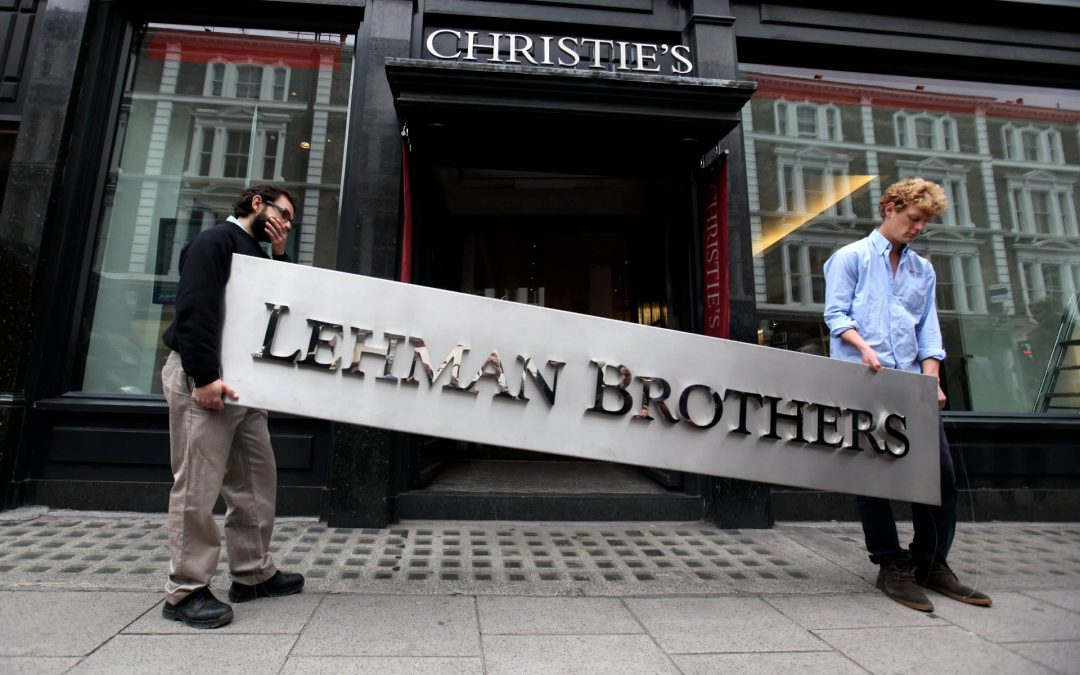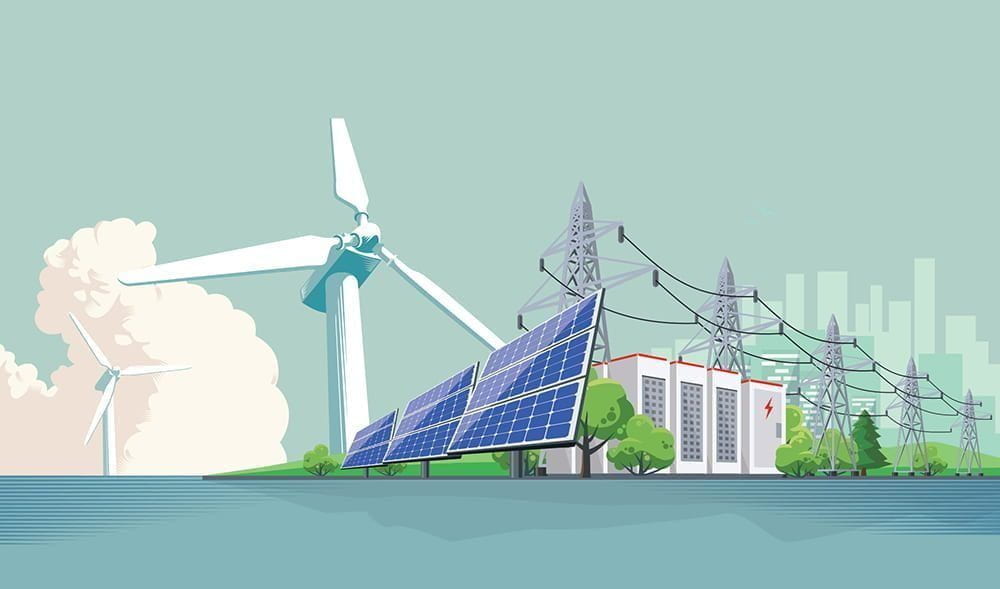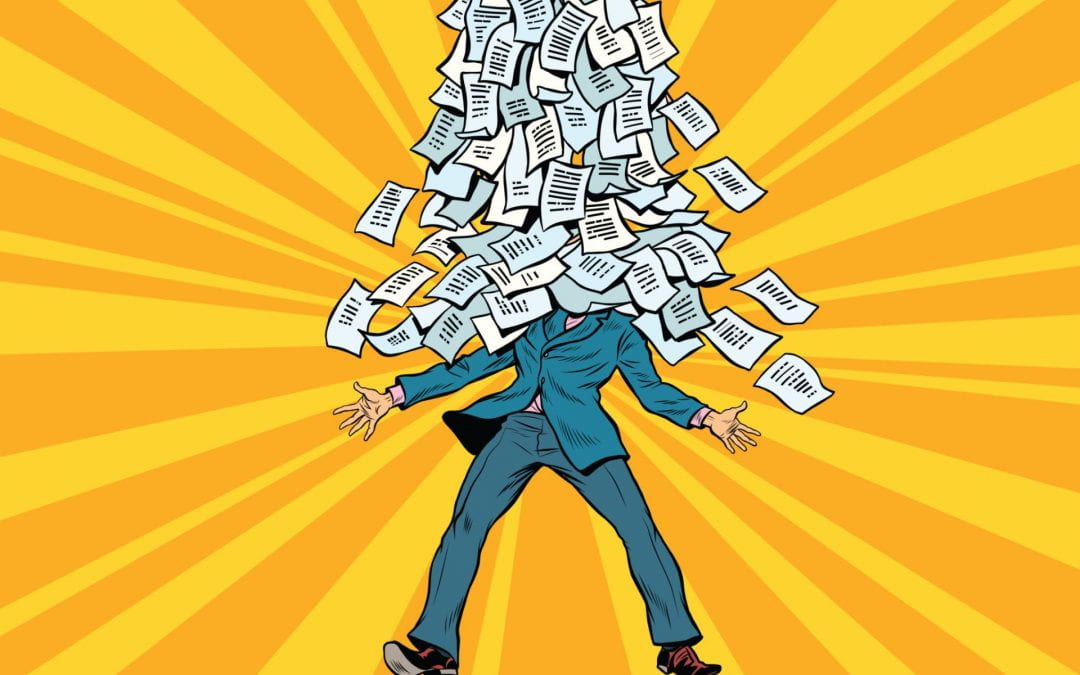


Banks Non-Performing Loans to Total Gross Loans in the US (2009-2019)
The 2007-2008 Financial Crisis
It wasn’t too long ago that Wallstreet was on the roll, but in reality, that growth was fueled by careless risk takings by the big banks. In the early 2000’s, the Federal Reserve heavily lowered the Fed Fund Rate, thus, cheap credit and NLPs (nonperforming loans) started taking place, allowing many consumers to borrow far more than they could afford. To understand what happened, we need to go just a few years back.
Let’s say you were a home buyer at the height of the market. Before you could get the house keys, you would have had to fill out a pretty big stack of mostly unintelligible mortgage documents from a big bank. This mortgage is essentially a debt note for the cost of the house. Now you might think that your bank would just put that debt note in a safe place while you went about making your monthly payments. But instead, that debt note took a little detour. Those loans got sold to other investors, which made big banks lose all incentives to avoid risks.
And as often happens when gamblers play with other people’s money, or money they don’t have, the big banks bet big, and lost big. And since the banks were so big, the entire economy got affected when they lost. Interest rates started rising back again, many subprime borrowers could not afford the higher rate as a result, millions went unemployed, small businesses couldn’t get credit, and the middle class got squeezed.
That brings us back to your nice new home. If you lost your job, you couldn’t make your mortgage payments. Worse, because of falling home values, you wouldn’t be able to sell it either without taking a big loss; putting you at risk of foreclosure by the big bank.
How did it end?
Wallstreet’s risky behavior had to be stopped. That was the purpose of the Dodd-Frank Wall Street Reform and Consumer Protection Act (2010).
The Act worked on preventing Predatory Mortgage Lending by:
- Restricting some of the riskier activities of the biggest banks
- Increasing government insight of banks activities
- Forcing banks to maintain larger cash reserves
After the Dodd-Frank act, the percentage of nonperforming loans (NPL) to total gross loans started decreasing (Data Source: WDI).
Banks have been prevented from growing so large that they put the entire economy at risk if they were to fail. And if some financial firm still gets itself in trouble, despite the strong regulations, it will get shut down. No more bailouts.

The Roads of Death
According to the Economist newspaper, in many countries where the overall mortality rate is falling, road deaths have gone in the opposite direction. Road traffic deaths disproportionately affect low- and middle-income countries that suffer from weakness in their roads’ infrastructure, where 90% of global road deaths occur.
You might think that it is only a matter of a nation’s income and its infrastructure expenditure! But, after harnessing the power of the data provided by World Development Index, it turns out poor infrastructure is only part of the problem. What’s interesting is that although the high income & oil rich Arab Gulf countries have world class roads infrastructure, the data shows that they still suffer from high road deaths. As a result of this insight, it can be deduced that the other reason behind the high road deaths is the rising incomes in many developing countries & cheap petrol prices have led to rapid motorization, while road safety management and regulations have not kept pace. In other words, their relatively weak enforcement of traffic laws, leads to risky driving, eventually higher road deaths.
In a nutshell, sophisticated roads’ infrastructure can’t effectively lower death roads on its own and should go hand in hand with strict traffic law enforcement.

Trends in Renewable Electricity Production
For the longest time, non-renewable energy production has been associated with power and wealth. While that remains apparent in the few nations that reap its bounty, another – uglier – side of the non-renewable energy production is coming more and more to light. Non-renewable energy production is the ultimate double edged sword: not only does it exhaust scarce natural resources, but it also results in greenhouse gas emissions that trap heat in the earth’s surface. As more non-renewable fuels are burned for electricity, our planet continues to heat, and a web of harmful reactions ensues.
The dashboard below explores trends in renewable electricity production among the top 5 producers of renewable energy. Compared to non-renewable energy, renewable energy produces minimal to no greenhouse gas emissions, making it an effective means to preserve natural resources, address global warming, and diversify energy supply.
Insights reveal that while renewable energy production is growing, non-renewable energy remains the main source of electricity production. To accelerate the growth in green energy production, governments must play a role in incentivizing its production and use, through anything from guaranteeing feed-in tariffs and providing interest free loans on setup costs, to further regulating CO2 emissions.

Start-Up Bureaucracy in the MENA Region
Local media outlets tend to praise Lebanon as the regional leader in entrepreneurship. Yet it seems that executives and board members tend to disagree with the headlines. They have openly criticized the media for spreading misconceptions, explaining that Lebanese start-ups struggle to sustain themselves due to governmental intervention, ancient business laws, and the absence of free economic zones. So I thought, why not harness the power of data to see where things really lie? Are laws interfering with Lebanon’s competitive ability? Using the World Development Index, Lebanon’s performance was evaluated through the number of governmental procedures required to register a start-up, and benchmarked with two of its main rivals: KSA and UAE. We observed the development of this metric over time from 2003 until 2019. Lo and behold, though it was the reigning champion a decade ago, Lebanon now significantly lags behind both its competitors. Lebanese Laws must be amended to streamline start-up registration procedures, or the country will be out of the race to assert itself as the regional entrepreneurial hub it once was.